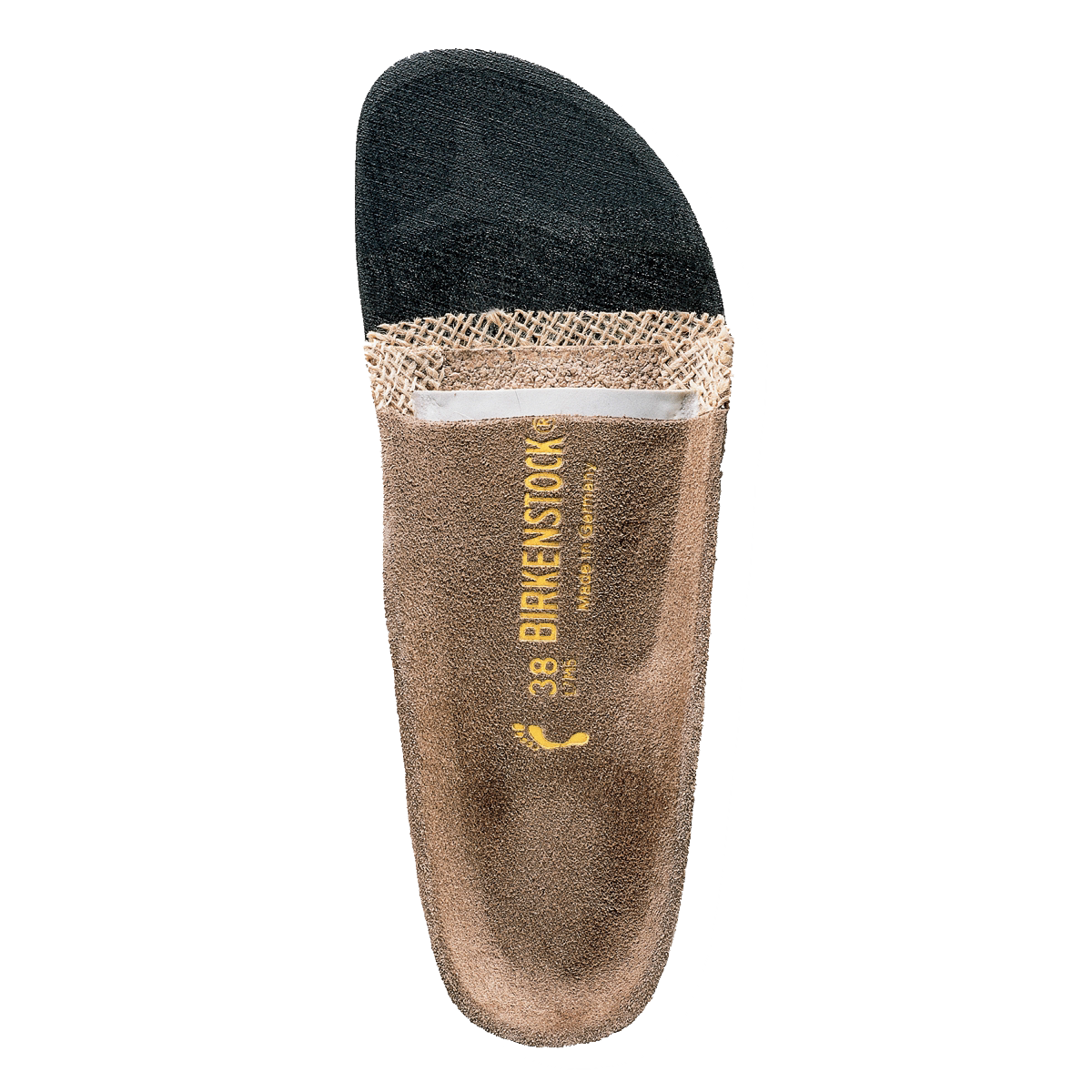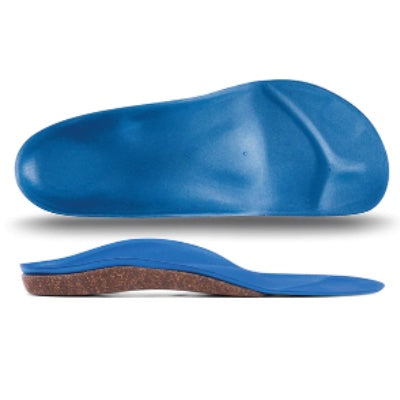
With pitchers and catchers already at spring training, and the first baseball games about to begin, it’s good to recognize the birthday of possibly the greatest shortstop who ever played the game, Honus Wagner—born February 24th , 1874. He was one of 9 children of German immigrants living in Pennsylvania. He played 21 seasons, then went on to coach batting to generations of future players. At a time when baseball surged in popularity and became our national pastime, Wagner was one of best known people in the United States. He commanded one of the highest salaries in baseball and had lucrative product endorsements.
What he is now most famous for, is his baseball card. Between 1909 and 1911 the American Tobacco Company, which represented 16 different tobacco brands, produced a series of high-quality, color lithograph baseball cards, which came in a pack of their cigarettes. The series of cards are known as the T206 baseball cards. On the back of each baseball card was the company logo and information about the brand. Tens of thousands cards were printed for each baseball player, and were avidly collected by both adults and children.
No more than 200 of the Honus Wagner baseball cards were printed and only 57 known copies still exist today. Lost in the fog of history is the reason why. Some say Wagner demanded more money than the tobacco company was willing to pay, some say the printing press broke right after the start of the press run, others say the artist quibbled over the image copyright, but whatever the cause, it made this particular card the holy grail of baseball card collecting.
For those with an interest in baseball and millions to spare, the Honus Wagner card is a must-have possession. Cards in beat-up condition fetch hundreds of thousands of dollars. One card in particular is viewed as the most desired card, known as the Wayne Gretzky card since it was once owned by the hockey great. After a century of wear and tear, it is in near pristine condition, but there is controversy around it. Years ago a sports memorabilia person acquired this card, which also had wider margins than normal. He is reputed to have trimmed the edges to give the card a higher than deserved condition report, which made a huge difference in valuation. Trimming the card and not disclosing it was a crime investigated by the FBI. However, for each person who has owned the card, they have always sold the card for more money. The last time the card was sold it fetched $2.8 million dollars. Not bad for a little piece of old cardboard with the image of a shortstop born this day in 1874.






















